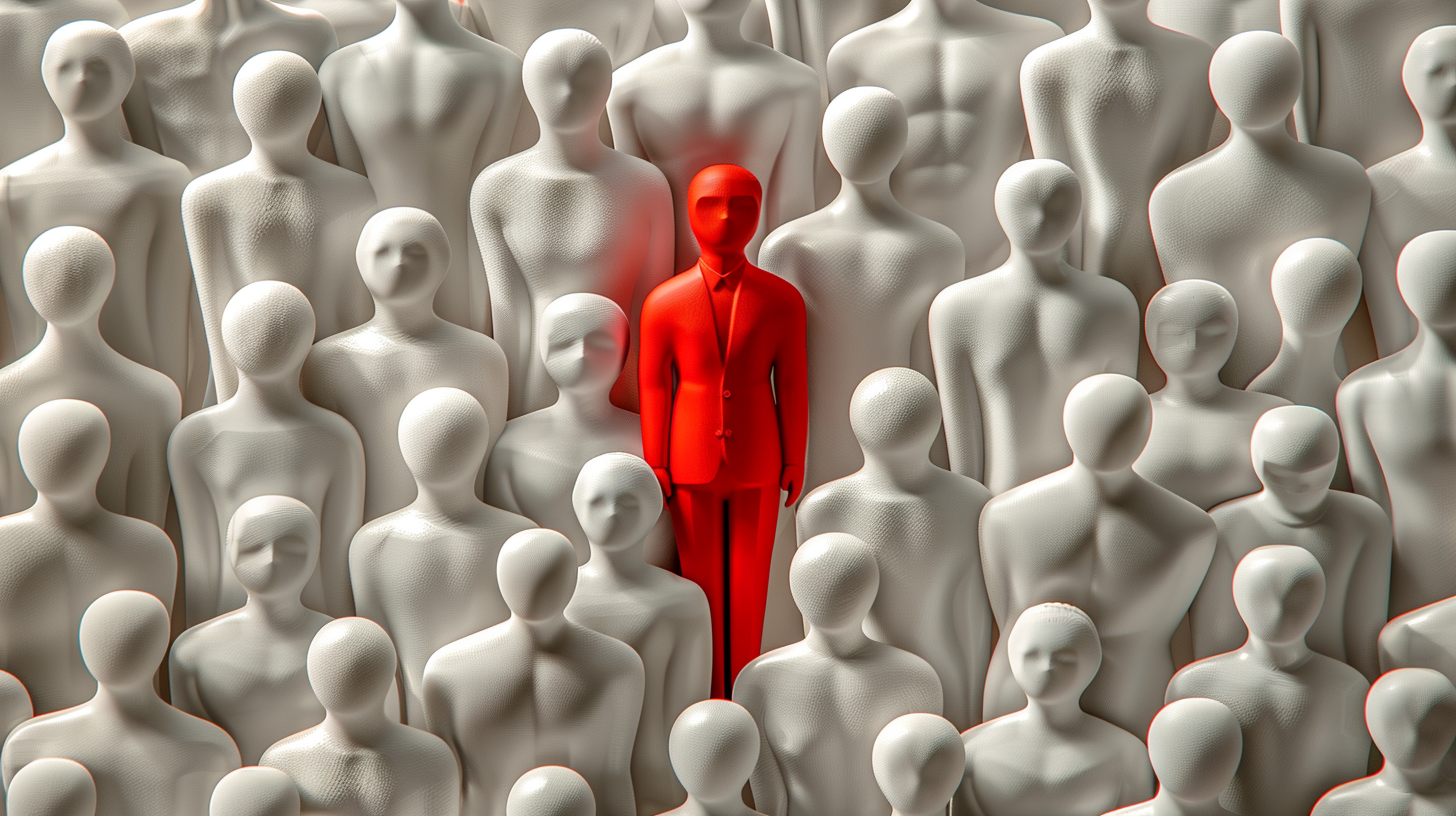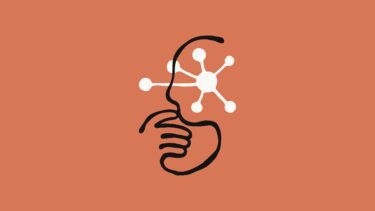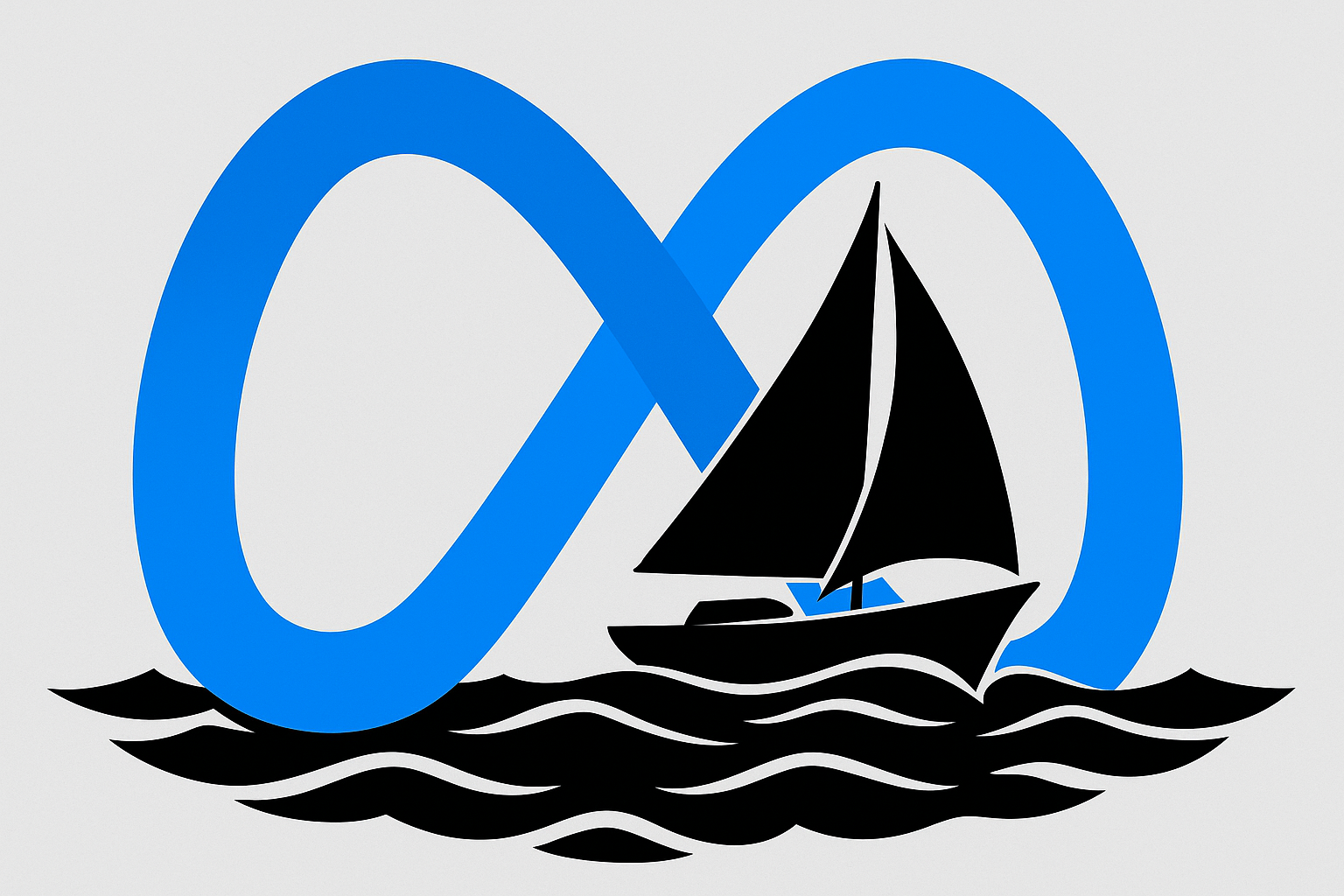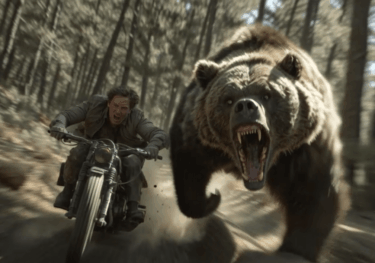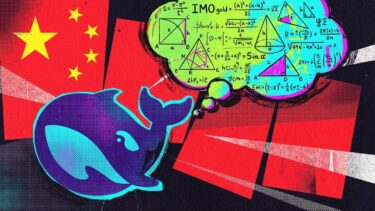Midjourney introduces personalized AI models that allow users to create individual image styles. Personalization overrides the default bias of the models. v7 is expected to be available within the next three months.
During the recent "Office Hours", Midjourney founder David Holz gave a preview of the upcoming features of the popular AI image generator. According to Holz, version 7 is on track and will be released in one to three months, before the summer.
Holz promises improved image quality, faster understanding, and improved aesthetics for v7. The most significant innovation, however, is likely to be the personalization of models, which is expected to be available in the coming weeks.
Midjourney model gets more personal
Midjourney plans to offer model personalization in a week or two. Users will be able to enable or disable this feature as they wish. In the current version 6 it is disabled by default, in v7 it will be the default setting.
According to Holz, personalization is not a style, but changes the bias of the models. Until now, many Midjourney images had a distinct "Midjourney look" and certain biases. This is because the MJ AI fills in the unspecified details in the prompts according to the general preferences of the community.
With model personalization, the AI uses the user's individual preferences to fill in the unspecified details in the prompts. User preferences are captured through image ratings.
Explicit instructions in the prompt are prioritized, so that personalization only affects the unspecified elements. In internal tests, 95% of participants rated the personalized version as significantly better than the standard Midjourney model.
For the current version 6, Midjourney might release an update to improve bodies and hands, as well as a possible speed update.
Holz also announced that Midjourney plans to release a video model before the end of the year. The already announced 3D model could be released before video.
Midjourney plans to involve the community to improve Midjourney's prompt following, which is currently its weakness compared to DALL-E and Ideogram. Users should write their labels first and then choose the better one from two options in a second step.
It's interesting that Midjourney wants to involve human annotators here. OpenAI with DALL-E 3 and presumably Ideogram used very detailed AI-written labels for model training to improve the prompt following capability of their image models.
